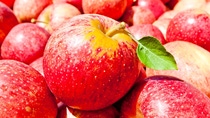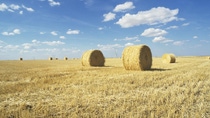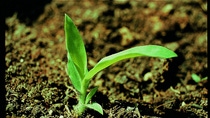Agriculture
Citrus
Citrus fruits include oranges, mandarins, lemons, limes, grapefruits or pomelos. Not only are the citrus fruits delicious and refreshing, but they are also rich in vitamin C, folate, potassium and flavonoids known for their anti-cancer properties. Citrus fruits are the highest value fruit crop in terms of international trade. Around three quarters of the global citrus production is grown in the Northern Hemisphere, particularly in countries around the Mediterranean and the U.S.

Compared to some other tree crops, citrus trees have a shallow, fibrous root system. As a result, citrus is susceptible to weed competition. As mechanical weed control is expensive and increases the risk of root or trunk damage, the majority of farmers choose to use herbicides to prevent weeds from destroying their crops. However, overreliance on a single herbicide can cause resistant weeds to develop.
Glufosinate-ammonium has a key role in sustainable citrus production by controlling weeds and root suckers that would otherwise reduce citrus produce yields. Thanks to its unique mode of action, the herbicide is registered in many countries for use around young citrus trees, along the crop rows between the grass or legume strips, without fear of damaging the citrus trees. It is ideal for use in rotation with other herbicides to mitigate weed resistance. In addition, Glufosinate-ammonium is degraded in soil and cannot move to the roots and up into the shoots.

Did you know?
- The annual global harvest of citrus is over 110 million tonnes. China itself produces as much as all countries in the Mediterranean region combined.1
- 60% of all citrus production is oranges and 23% is tangerines, mandarins, clementines and satsumas. Lemon and limes comprise 12% of the citrus, with grapefruit and pomelos repreenting 4%.2








